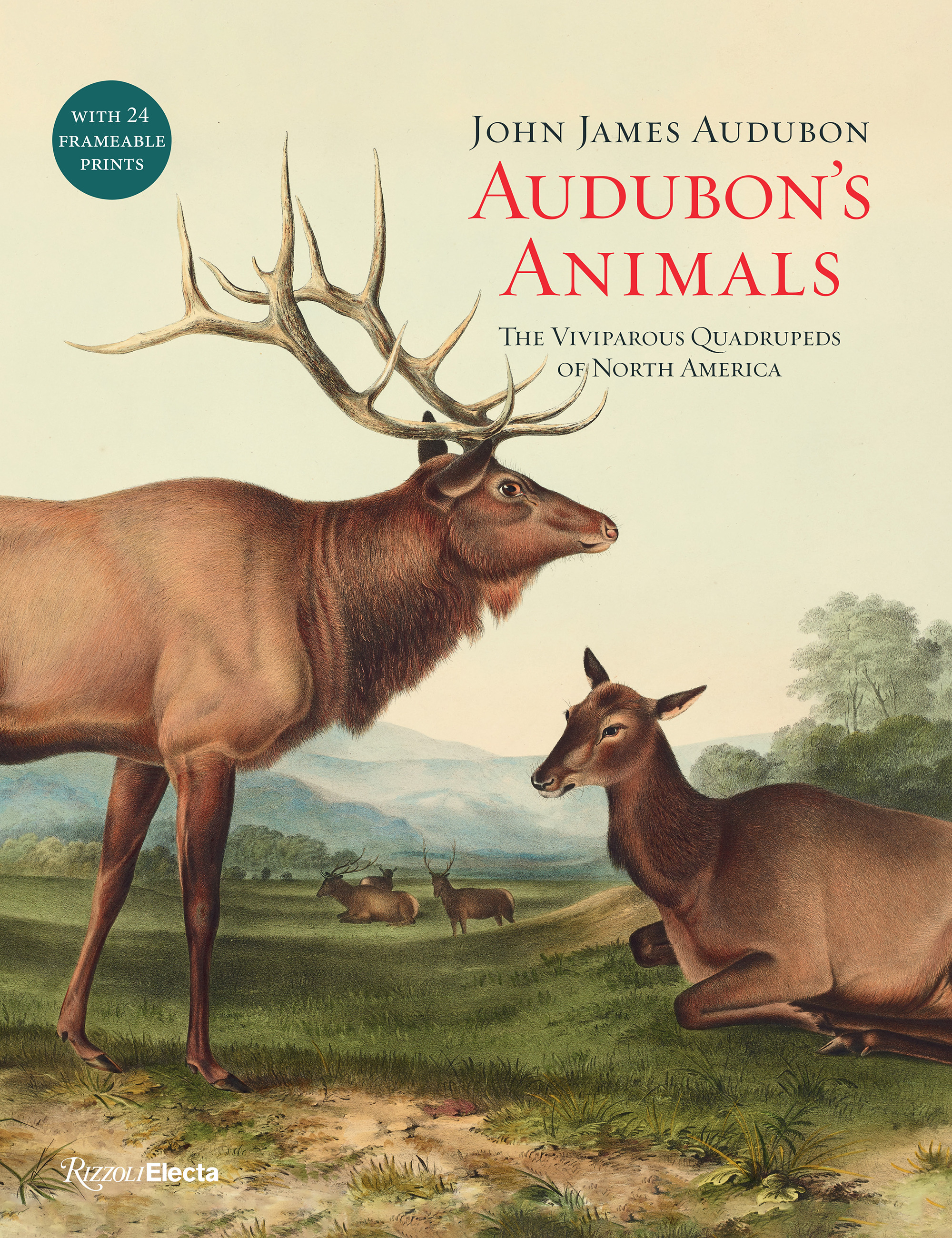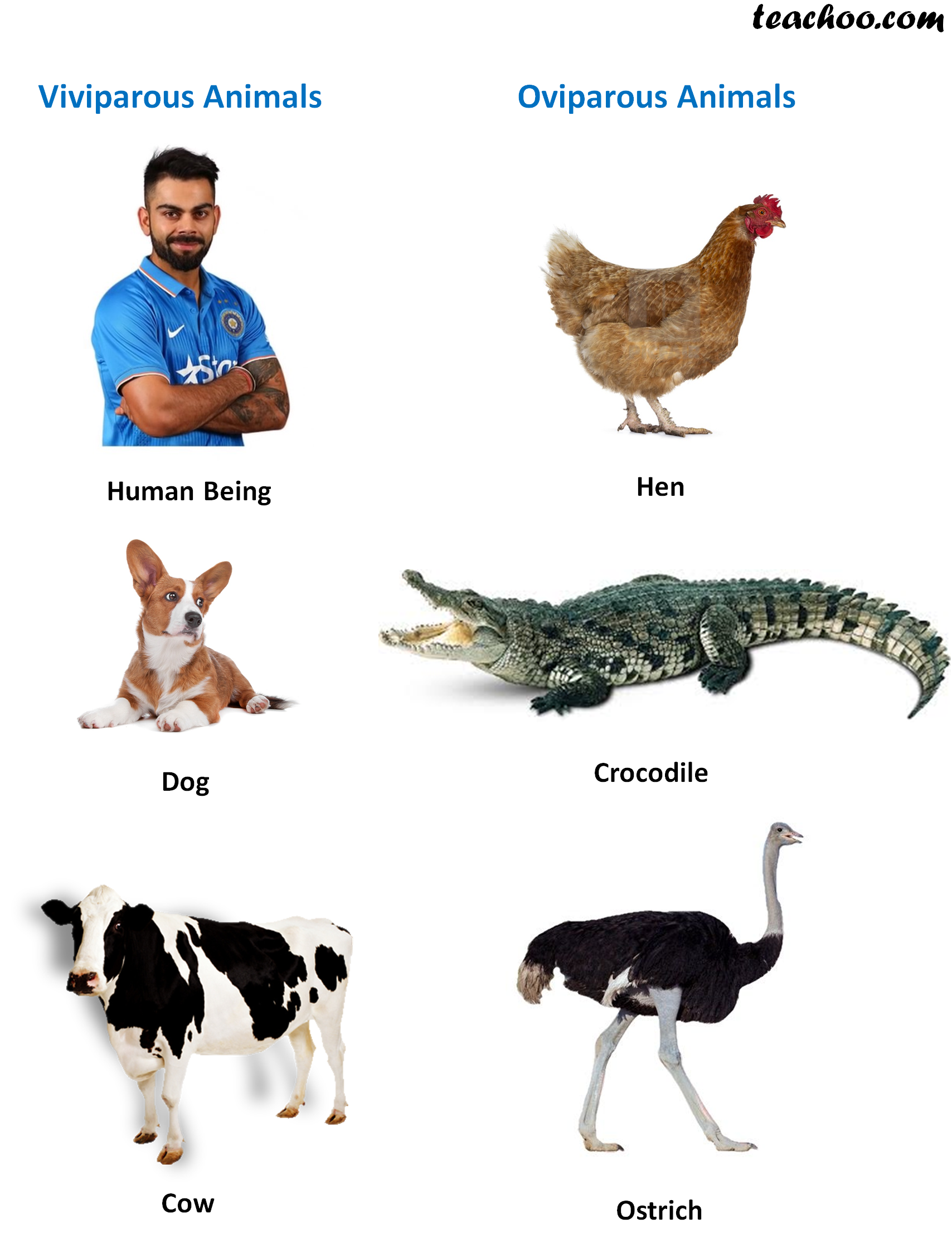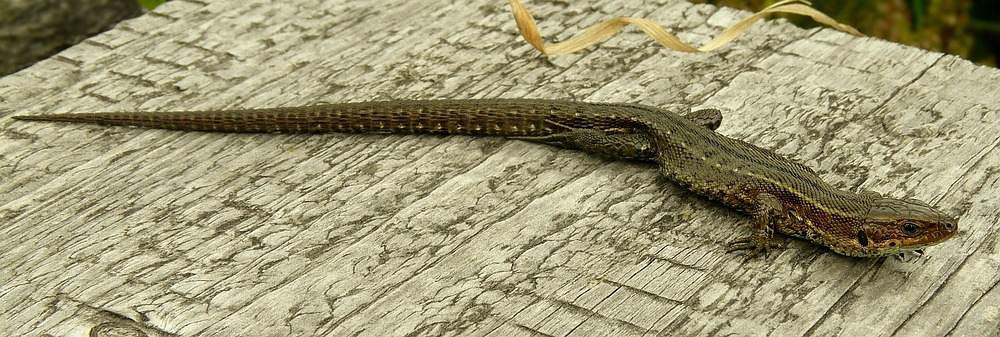The term viviparous comes from the latin viviparus , which in turn is a word composed of vivus (alive, animate, alive) and parire (to give birth, give birth). The young often take several months to develop in the mother's uterus, and they may stay with their mothers for months or even years (e.g., in the case of dolphins, who may remain within their mother's pod for their entire lives).

An Overview of Viviparous Animals Gestation Periods
Some aquatic organisms are also viviparous;
Viviparous animals. Viviparous animals invest lots of time in the development and care of the young. Viviparous animals are those in which fertilization and embryo development occur inside the individual. Viviparous animals are those characterized by development of the embryo inside the womb.
Viviparous animals are those animals which give birth to young ones. The developing embryos get total nutrition and oxygen from the mother. In internal embryonic development, the embryo develops inside the female body.
Viviparous animals [click here for sample questions] animals that give birth to young ones are called viviparous animals. Development of the embryo and fertilization both occurs inside the female body; Viviparous animals can come from different taxonomic groups such as reptiles, mammals, amphibians or fish.
For this reason, this term is only used to define the type of reproductive strategy of a species. Viviparous animals are those that reproduce through internal fertilization and their embryos develop in specialized organs within the mother’s womb. Not many extant viviparous fish have been discovered, but there are some currently known such as guppies and lemon sharks.
The most common viviparous mammals are those domesticated by humans such as cats, dogs and rabbits. Living beings like these also have the peculiarity of reproducing in a sexual way. Wild viviparous mammals include lions, giraffes, chimpanzees and elephants.
The embryos leave the mother’s body at the end of gestation, through a birth canal. Some mammals are marsupial means t. Animals giving birth to offspring are known as viviparous animals;
However, there are other equally important examples in the animal kingdom: Examples of viviparous animals include dogs, cats, cows, rabbits, etc. How do viviparous animals reproduce?
The embryos develop into the fetus in the mother's womb. The development of the zygote takes place inside the female womb. Cow baby mammals drink their mother’s milk.
Fertilization occurs when the male’s sperm unites with the female’s egg and an embryo is generated. There are multiple examples that we can cite of viviparous species, starting with the human being and continuing with a large number of animals related to this: The embryos leave the maternal body at the end of gestation, through a birth canal.
The viviparous animals are those that are characterized by developing the embryo inside the mother's womb. Oviparous and viviparous animals draft. Usually vertebrates of class mammalia are viviparous but some of the lower mammalians are egg laying like echidna.
Some animals don’t lay eggs. These animals reproduce through internal fertilization, wherein the fertilized eggs are developed. Higher vertebrates are viviparous like cow,horse,humans,etc.
In the case of viviparous animals, since they do not hatch eggs, embryonic development takes place inside the mother’s body, i.e., the female reproductive. In these animals both fertilisation and embryonic development are internal. In this they are distinguished from oviparous and ovoviviparous animals.
This condition is known as matrotrophy, when the embryo receives nutrients directly from the mother and not from the yolk. Rabbit , dog , horse. The type of fertilization experienced by these animals is internal fertilization.
An animal that is viviparous gives birth to developed live young. These include different species of sharks, dolphins, whales, sea otters and so on. Viviparous animals are those that reproduce through internal fertilization and their embryos develop into specialized organs within the mother’s womb.
Viviparous animals refer to those animals that give birth to a developed live young individual. Living beings such as these also have the particularity to reproduce sexually. Examples of some terrestrial viviparous animals include humans, dogs, cats, tigers, lions, chimpanzees and so on.
Some animals lay eggs 2. Horses, cows, dogs, cats, squirrels and other rodents, etc. There are great differences between them and not all members of each group have this characteristic.
The embryos are raised with special organs in the parents as they develop, that supply nutrients to the growing embryos. Oviparous / viviparous animals 1.
luisminglish Science Viviparous vs Oviparous
Difference Between Oviparous and Viviparous Animals
VIVIPAROUS ANIMALS PICTURES DOWNLOAD (Pdf Plus.)
/135624440-56a5f6ec3df78cf7728abd39.jpg)
What Are Ovoviviparous Animals?

Viviparous Animals Giving Birth YouTube

Audubon's Animals The Viviparous Quadrupeds of North

First graders Daoiz Viviparous and Oviparous animals

Oviparous VIVIPAROUS worksheet

Viviparous and Oviparous Animals Differences and Explanation

An Overview of Viviparous Animals Gestation Periods

Viviparous and Oviparous Animals Tnpsc

Common or Viviparous Lizard, Blaen Bran, Upper Cwmbran 22

TrekNature Viviparous lizard Photo
Viviparous Lizard by Skaldur on DeviantArt

Viviparous Lizard photo & image animals, wildlife

An Overview of Viviparous Animals Gestation Periods


